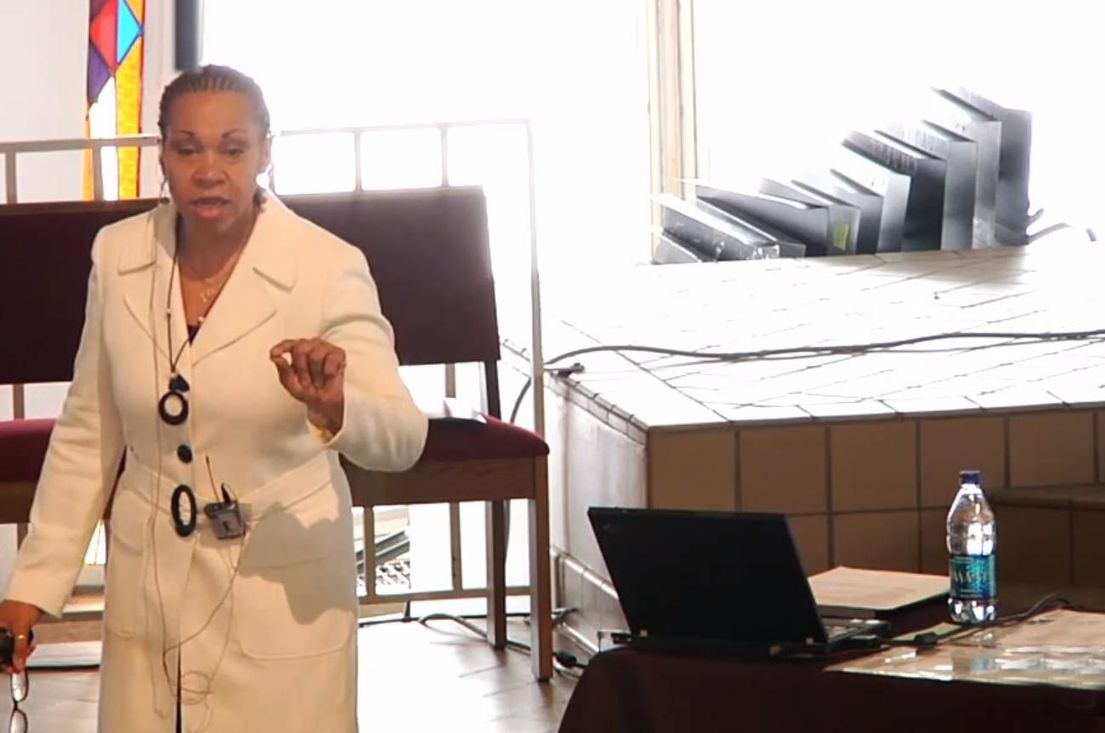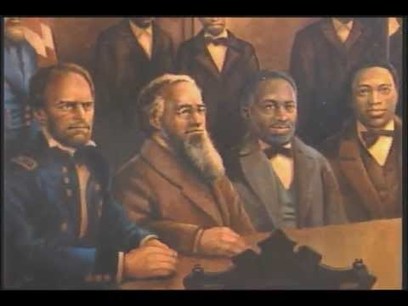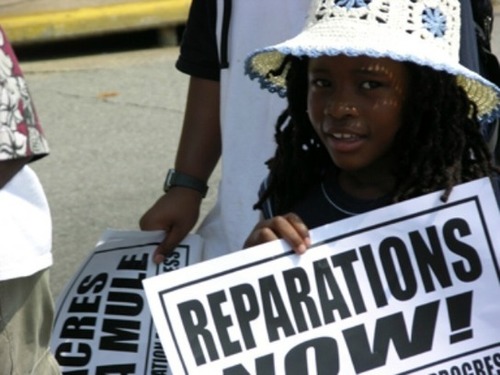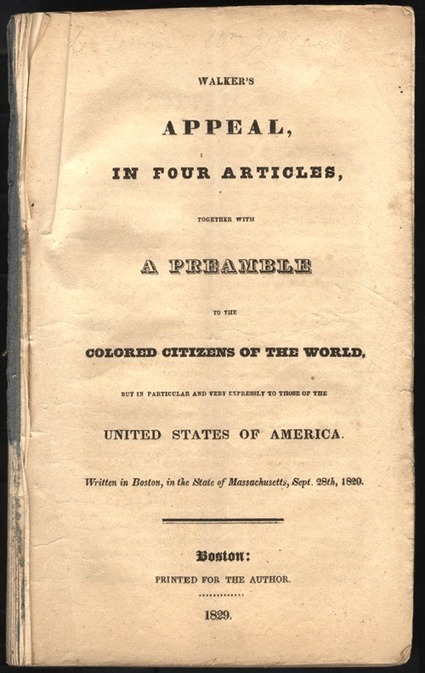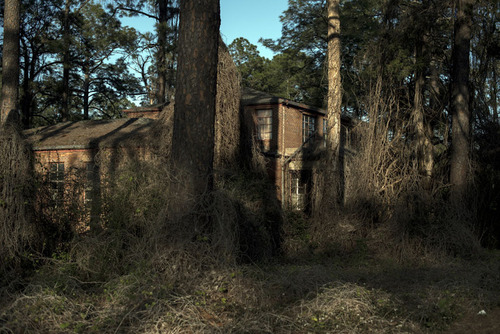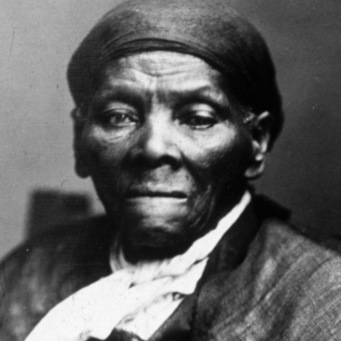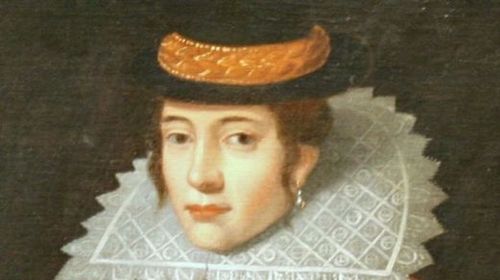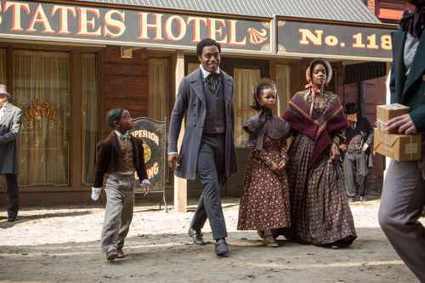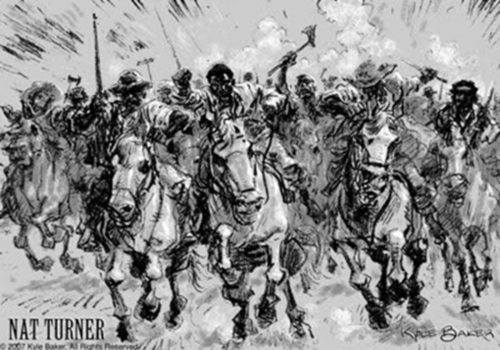POST TRAUMATIC SLAVE SYNDROME
As a result of twelve years of quantitative and qualitative research Dr. DeGruy has developed her theory of Post Traumatic Slave Syndrome, and published her findings in the book Post Traumatic Slave Syndrome – America’s Legacy of Enduring Injury and Healing”. The book addresses the residual impacts of generations of slavery and opens up the discussion of how the black community can use the strengths we have gained in the past to heal in the present.
WHAT IS P.T.S.S.?
P.T.S.S. is a theory that explains the etiology of many of the adaptive survival behaviors in African American communities throughout the United States and the Diaspora. It is a condition that exists as a consequence of multigenerational oppression of Africans and their descendants resulting from centuries of chattel slavery. A form of slavery which was predicated on the belief that African Americans were inherently/genetically inferior to whites. This was then followed by institutionalized racism which continues to perpetuate injury.
Thus, resulting in M.A.P.:
- M: Multigenerational trauma together with continued oppression;
- A: Absence of opportunity to heal or access the benefits available in the society; leads to
- P: Post Traumatic Slave Syndrome.
Source: joydegruy.com


